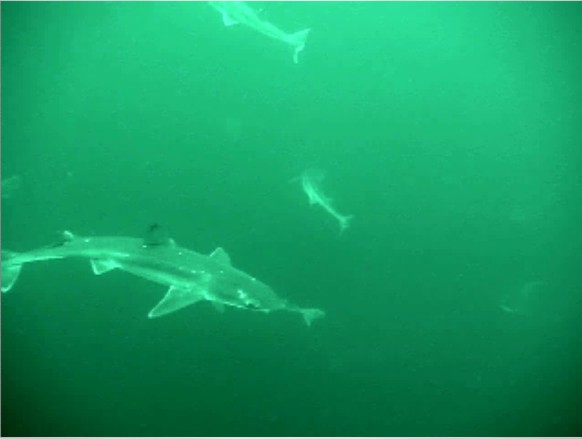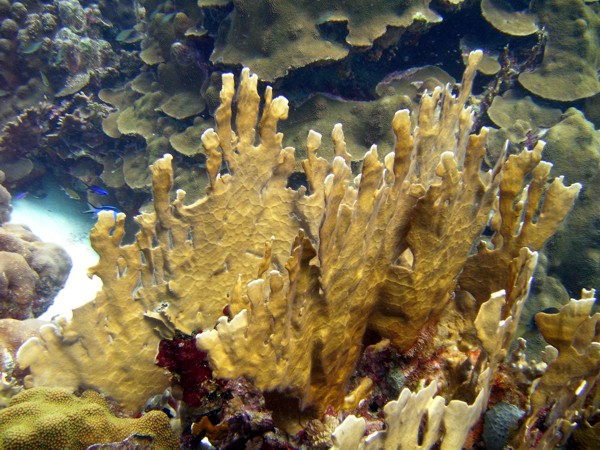Many divers live in tropical climates, or only dive when they travel to these climates. Up north they are often called Caribbean divers, or blue water divers. I prefer warm water divers, as many travel beyond the Caribbean, and blue water is often used in reference to very deep water.
Diving under these conditions can be both exciting, and relaxing! The scenes of tropical reefs and colorful fish are beautiful and serene. The diving is often easy and at many resorts it’s supervised. This is a great place for beginning divers to practice their new skills, and enjoy the wonders of underwater world.
Gear:
We previously talked about basic SCUBA gear, so now let’s add a few items for tropical diving.
Exposure protection:
This will be the major consideration. There are a few variables here:
Water temperature
Air temperature
Your bodies reaction to cold
How many dives are planned
Read the section on Exposure Protection for more details
Signals:
Tropical diving is often done around small islands. Sometimes in strong current. Separation for the boat is a real possibility, and signal devices can be real life savers! If your planning a drift dive, then will need a marker to let the boat know where you are. Inflatable Water Slide A visual aid like an SMB is ideal for both situations. Also a audible signal like a whistle, or Dive Alert can get the attention of the dive boat when you’re hard to see. Both of these can be easily carried in a BCD pocket.
Skills:
Buddy Skills: With all the fascinating beauty of the tropical reefs, it’s all too easy to become distracted and lose contact with your buddy. Try to stay within about 10 ft, and don’t forget to check on them regularly.
Depth Control: The clear water can be very deceiving. Remember objects appear closer under water. We can easily go deeper than planned, and run into issues with gas management, or decompression. Keep an eye on your gauges!
Buoyancy Control: Coral reefs are fragile environments! A single kick can kill an organism that has lived for 100 years. We as divers are fascinated by this spectacle, but we must protect it from ourselves. Work on your buoyancy. Practice it whenever you have a chance.

 My wife and I enjoy identifying the different fish, coals and critters (aka invertebrates) found on the reefs we visit. I take pictures and video while diving, then in the evening we review them and try to identify any that we do not recognize. In several video sequences, I captured the action of small fish darting in an out of leafy coral heads. At the time I believed blades to be some form of encrusting coral. Little did I know.
My wife and I enjoy identifying the different fish, coals and critters (aka invertebrates) found on the reefs we visit. I take pictures and video while diving, then in the evening we review them and try to identify any that we do not recognize. In several video sequences, I captured the action of small fish darting in an out of leafy coral heads. At the time I believed blades to be some form of encrusting coral. Little did I know.